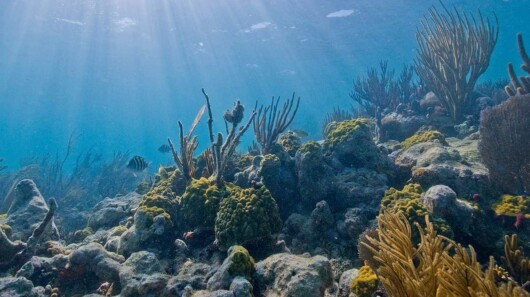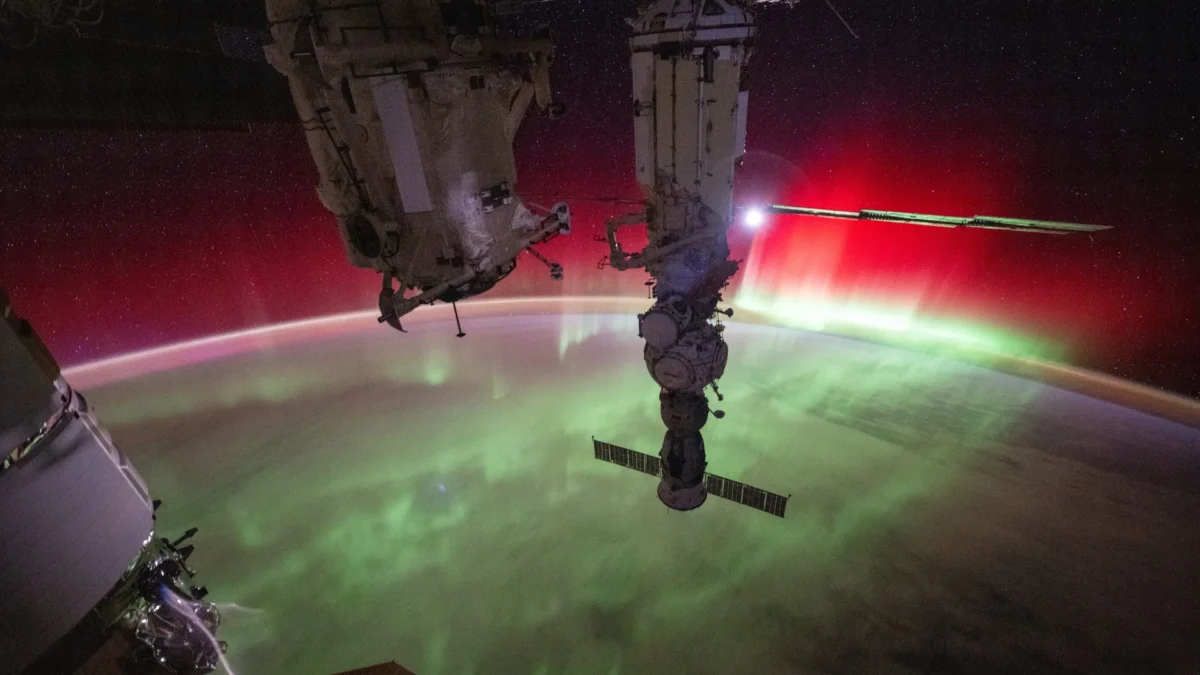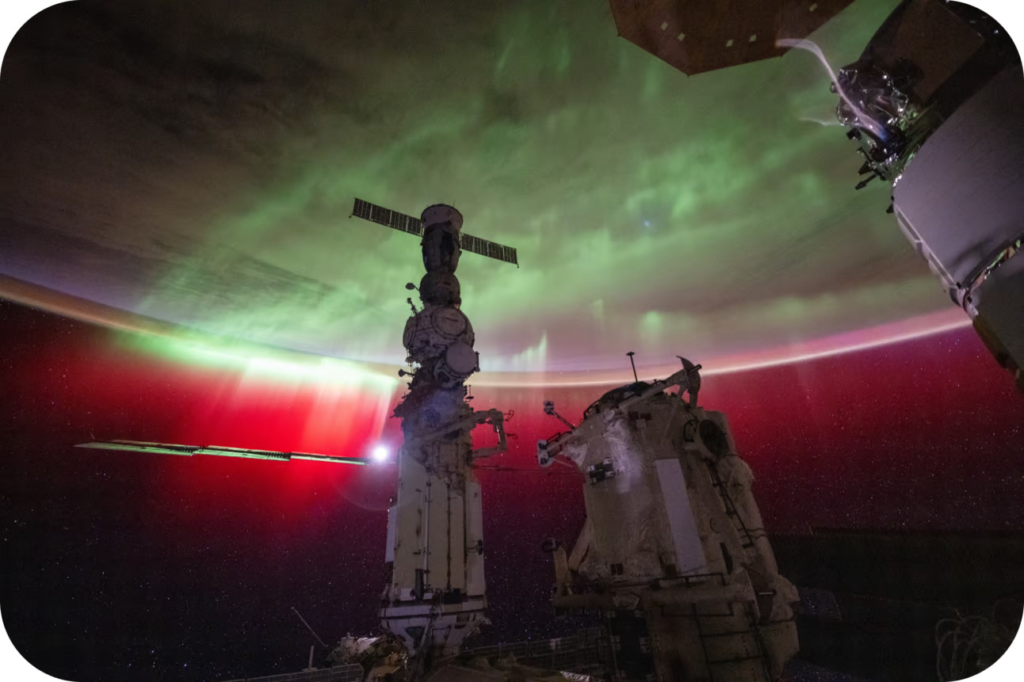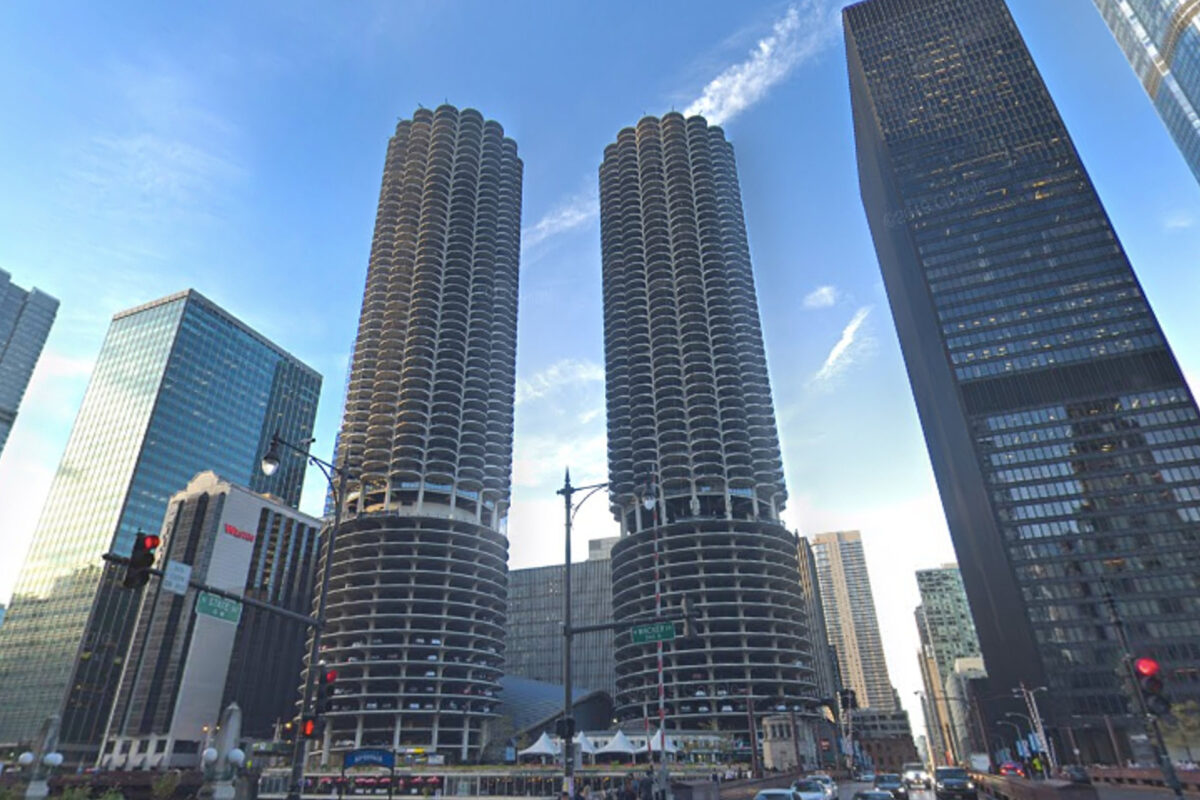Second-Largest Diamond Ever Found
The second-largest diamond ever discovered was found in Botswana last week.
Lucara Diamond, a Canadian company, unearthed the 2,492-carat stone in the Karowe mine using X-ray technology. This diamond is the largest found since the 3,106-carat Cullinan Diamond was discovered in South Africa in 1905, parts of which are now in the British Crown Jewels.
Weighing about a pound, the diamond, still unnamed, will be displayed in Botswana this week. Its discovery will fund education and healthcare programs in the country. Lucara reported that the find was detected and recovered by their Mega Diamond Recovery X-ray Transmission technology, installed in 2017 to identify large, high-value diamonds. This latest discovery adds to other significant finds from the mine, including diamonds of 1,758 carats and 1,109 carats.
“We are thrilled about the recovery of this 2,492-carat diamond,” said William Lamb, President of Lucara. “It highlights the wealth in Botswana’s soil and the nation’s progress in developing its diamond industry for the benefit of its citizens.”
Botswana is the world’s largest diamond producer, with diamonds accounting for 80% of its exports and a third of its revenue. Financial Times quoted unnamed sources close to Lucara estimating that it could fetch upwards of $40 million.








